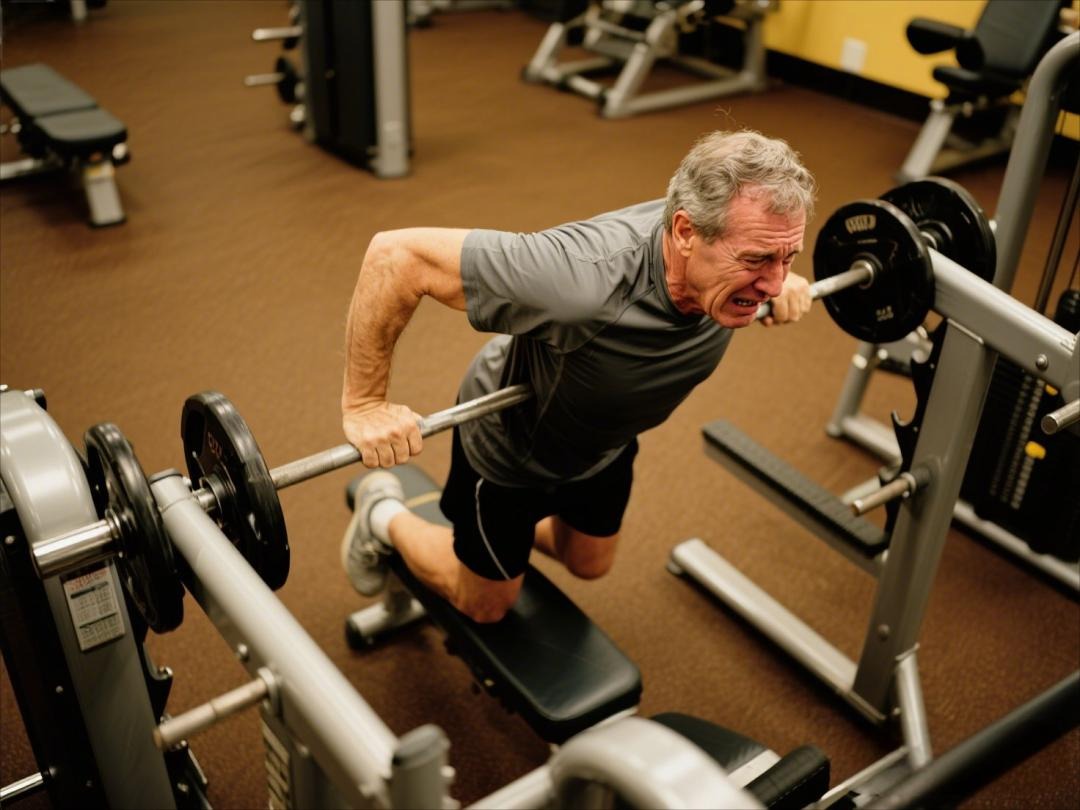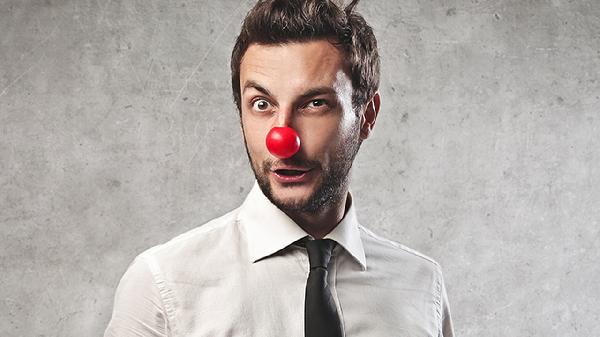You might joke that you're allergic to exercise, but for some people, that's actually true. Exercise-induced anaphylaxis is a rare but serious condition where physical activity triggers a severe allergic reaction. It's not just an excuse to skip leg day—it's a real medical issue that can cause life-threatening symptoms like trouble breathing, swelling, and even loss of consciousness. While it's uncommon (affecting about 0.05% of people), it's important to recognize the signs and know how to manage it if you or someone you know experiences it.
What Exactly Happens During Exercise-Induced Anaphylaxis?
When someone with this condition exercises, their immune system goes into overdrive. Mast cells—a type of white blood cell—release compounds like histamine and tryptase, which trigger allergic reactions. Normally, these chemicals help fight off infections, but in this case, they flood the system, causing symptoms ranging from hives and itching to full-blown anaphylaxis. Researchers aren’t entirely sure why exercise sets this off, but theories suggest it could be due to increased gut permeability (allowing toxins to enter the bloodstream) or changes in blood flow that carry allergens to different parts of the body.
Food and Exercise: A Dangerous Combo for Some
For many people, exercise alone isn’t the problem—it’s exercise combined with certain foods. This is called food-dependent exercise-induced anaphylaxis (FDEIA). If someone eats a trigger food—like wheat, shellfish, or nuts—and then works out within a few hours, they might experience a reaction. Up to half of all exercise-induced anaphylaxis cases are food-dependent. Other triggers can include extreme temperatures, NSAIDs (like ibuprofen), or even menstruation. So if you’ve ever felt weird after a workout, think back: Did you eat something beforehand? Were you taking painkillers? Those details matter.
Recognizing the Warning Signs
The symptoms can be scary and come on fast. Some people get flushed and itchy, while others develop hives or facial swelling. More severe reactions include wheezing, throat tightness, and a sudden drop in blood pressure, which can lead to dizziness or fainting. Gastrointestinal issues like nausea and stomach cramps can also happen. The key is to stop exercising immediately at the first sign of trouble—pushing through could make things worse.
Getting a Diagnosis Isn’t Always Straightforward
Since this condition is rare, doctors have to rule out other possibilities first. They’ll ask about your medical history, what you ate before exercising, and whether you took any medications. Allergy testing (like skin prick tests) might help identify food triggers. Some specialists may even do an "exercise challenge" in a controlled setting, where they monitor you while you work out to see if symptoms appear. The process can be tricky, but it’s crucial for getting the right diagnosis.
Living (and Exercising) Safely With This Condition
If you have exercise-induced anaphylaxis, you don’t necessarily have to give up working out—but you do need to take precautions. Always carry an epinephrine auto-injector (like an EpiPen) and never exercise alone. Avoid eating trigger foods before workouts, skip NSAIDs if they’re a factor, and steer clear of extreme temperatures. Some people find that taking a long-acting antihistamine beforehand helps reduce symptoms. And if high-intensity workouts tend to set off reactions, switching to lower-impact activities might be a safer bet.
While exercise-induced anaphylaxis is rare, it’s serious enough that anyone experiencing symptoms should see a doctor. With the right precautions, most people can still stay active—just with a few extra safety measures in place. So if you’ve ever felt off after a workout, don’t brush it off. It might not just be fatigue—it could be your body sending a warning signal.
























